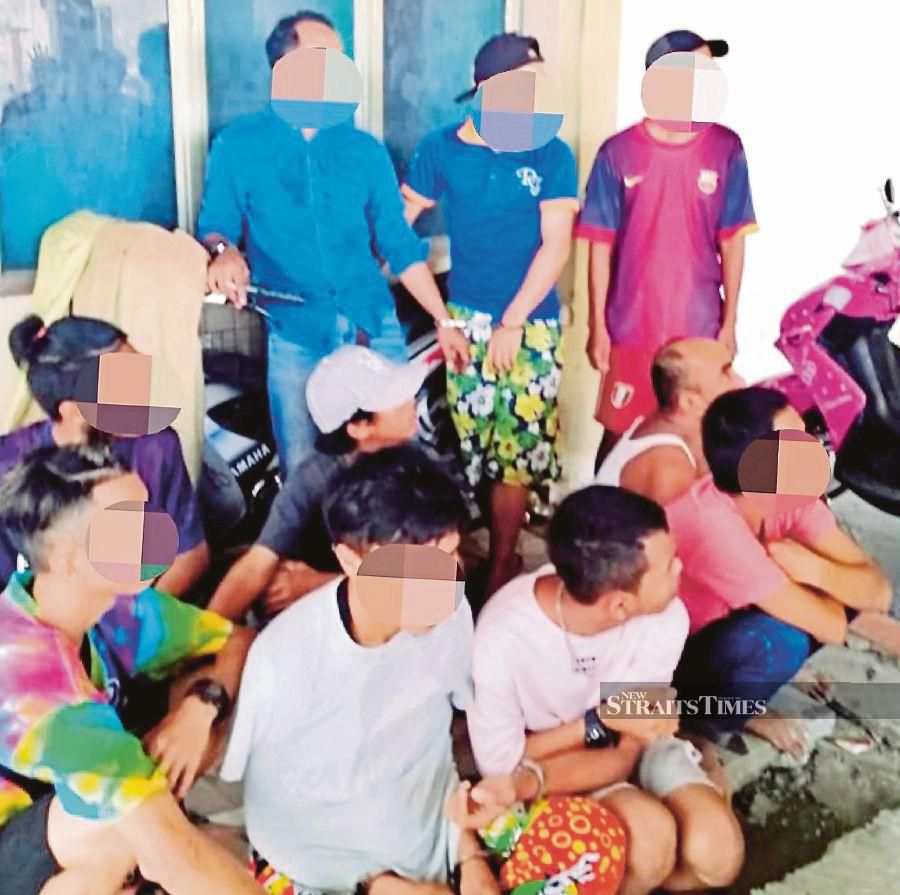AMPHETAMINE-type stimulants (ATS) require the development of a health response so that they are no longer viewed and addressed as a public security issue.
ATS are unlike any other drug that we are used to. There is no pharmacological aspect or medication in treating ATS dependency as there is in treating opioid dependency, and the behaviour of ATS dependents are generally more aggressive in comparison.
Psychosocial interventions have been proven to work, and the principles of community-based treatment can also be applied to ATS users. The onus is on the health sector to develop its own response to ATS that encompasses good clinical training and frontline responses, support and supervision.
First and foremost, there should be clear, standardised guidelines and training to manage intoxication, withdrawal and relapse prevention for all stakeholders to follow — from general practitioners, healthcare professionals in Accident and Emergency divisions, medical assistants such as nurses to families and friends. This is to ensure better treatment of ATS patients, and also a better distinction between “functional users” and “chronic users” who have psychiatric conditions.
Community-based treatment and initiatives should also be strengthened to ensure that there are structures in place to provide psychosocial support for ATS users. Former ATS users are a resource pool that has been overlooked, as they can be involved in the planning of a health response.
For example, having former users raise the potential risks and harms of ATS use and ways to respond could positively recalibrate the thinking of current users, particularly those who may not necessarily feel treatment is required. Including the ATS user group in community-based treatment and initiatives would also address the current issues of limited outreach and manpower for de-stigmatisation and reintegration into society.
How do we provide an enabling environment for proper care and treatment to reach the affected individuals? Are amendments to the drug laws and policies necessary?
An example worth noting is Australia’s National Ice Taskforce, which adopted “focused” law enforcement on interrupting the supply of ice as opposed to “arresting their way” out of the epidemic. In other words, the KPI for law enforcement was the importation of the drug as opposed to its users. An “opt-out” was also put in place where users were required to enter the criminal justice system if they chose not to go into treatment.
A clear advantage of adopting this model is that the diversion of drug users from enforcement to the health sector for assessment and intervention would be less costly than incarceration, and result in more resources being available for disrupting supply on the ground.
Unfortunately, strong leadership and supporting drug laws remain absent to champion the transition of personal drug use from a security issue to a public health issue in Malaysia.
As we are all aware, setting of priorities or any amendments to the drug laws and policies to facilitate this transition will not take place without the support of policymakers.
Alas, the stigma attached to drug users continues to linger not only among the general population but also, surprisingly, among healthcare providers. This proves to be a stumbling block to drug treatment reforms, as political agenda and motivations are almost always driven as a response to the demands of the public.
The media plays a huge role in disseminating the drug narrative to influence the public. At most times, when an accident or a crime involving use of illicit drugs is reported, we are guilty for failing to humanise a user, discounting the fact that there may be underlying issues affecting the individual that prompted drug use which results in risky behaviours. This type of messaging strategy will not only increase the stigma but also cause further setbacks in efforts to reform the treatment of drug users.
There needs to be a united voice led by the government in setting the agenda for a national strategy on ATS use so that the narrative is not lost or hijacked by the stigma. The same united voice is also needed to inform the risks and harms of drug use and address the concerns of the affected communities. Then, and only then can we hope to provide a supportive ecosystem to address the ATS problem.





